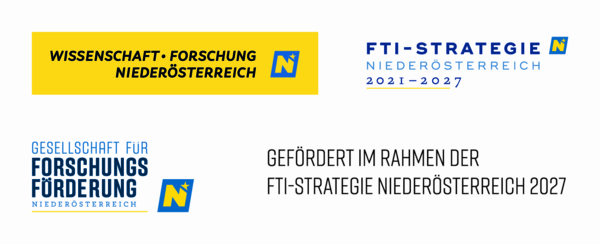Background
Forests absorb CO₂ and therefore play an important role in the global climate. This means that maintaining and managing them contributes to keeping global temperatures within a tolerable range. However, forestry work is often labour-intensive and can be dangerous. Artificial intelligence (AI) offers promising solutions to improve this situation. By automating tasks and supporting forest management, AI can help streamline operations and assist in preserving our forests—for the benefit of both the environment and society.
Project Content
Austrian forests are crisscrossed by 175,000 km of forest roads, making manual mapping virtually impossible. Drones equipped with artificial intelligence (AI) could offer a solution: they can autonomously navigate forest environments and provide critical information for forest protection, rescue operations, and infrastructure monitoring. However, this comes with several challenges, including loss under dense tree cover, real-time obstacle avoidance, and complex flight planning. The current project takes up this mantle and focuses on enabling drones to fly autonomously and take over selected tasks normally performed by forest personnel. Specifically, the drones are used to capture LiDAR images and generate a digital twin of forest roads.
Benefits
Using autonomous drones can support forest work and management. It can assist in:
- Forest Monitoring and Conservation: Drones can help track wildlife, detect illegal logging, and assess forest health.
- Search and Rescue: In emergencies, drones can survey large or difficult terrain, providing critical information to rescue teams.
- Forest Fire Management: Drones enable early detection of forest fires, reducing response time and limiting damage.
- Infrastructure Inspection: Drones can monitor road conditions and identify sections in need of repair.
Method
Training drones to autonomously navigate forest environments and perform forestry tasks is divided into three main phases:
Phase one: Reinforcement learning agents are trained in simulation using a digital twin of BOKU Vienna’s educational forest. Great emphasis is placed on preparing the agents for real-world conditions such as wind and changing light.
Phase two: Simulation and reality are bridged through stepwise field tests, starting in indoor environments and gradually moving outdoors. The agents are evaluated using predefined metrics. Building on these evaluations they take on increasingly complex tasks, such as LiDAR-based forest mapping.
Phase three: Human-in-the-loop systems are added — meaning a human monitors, guides, or overrides the drone’s behaviour. This enhances robustness, explainability, and accountability.
The content does not necessarily represent the view of the state of Lower Austria or the funding agency. Neither the state of Lower Austria nor the funding agency can therefore be held responsible for the content.
You want to know more. Feel free to ask.
Department of Computer Science and Security


